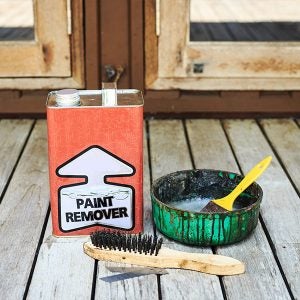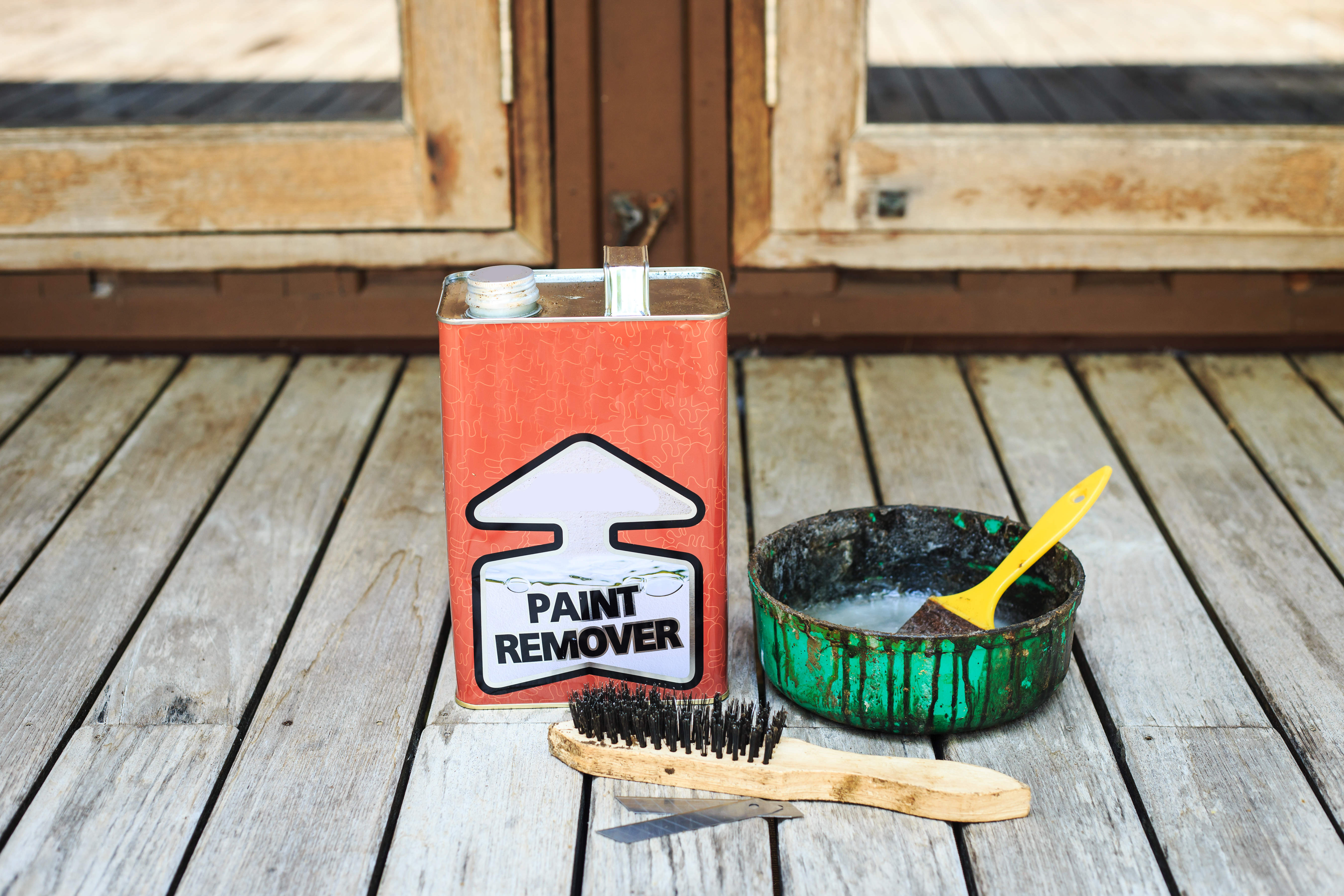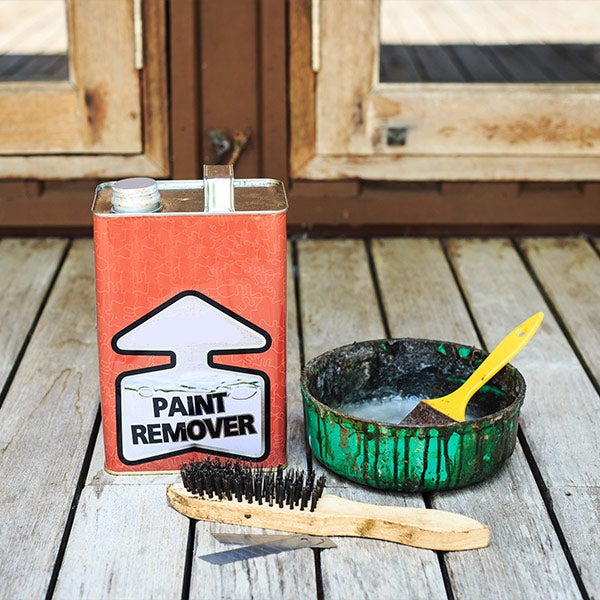
“Illegal, unscientific, and un-health protective”: Summing up EPA’s final methylene chloride risk evaluation
Richard Denison, Ph.D., is a Lead Senior Scientist.
Today, the Trump EPA released its first final risk evaluation and determination under the reformed Toxic Substances Control Act (TSCA), for the carcinogenic and acutely lethal chemical methylene chloride.
Sadly, despite EPA’s rush to issue this document as the 4th anniversary of TSCA reform on June 22 approaches, EPA doubled down on the illegal, unscientific, and un-health protective approach it has taken in all of its draft risk evaluations for the first 10 chemicals reviewed under TSCA.
EDF will be closely examining this final document, but it is already apparent that EPA has grossly and systematically underestimated the exposures to and risks of methylene chloride. Below are but two examples of the flaws; both of them were raised by EPA’s own Science Advisory Committee on Chemicals (SACC) in its peer review as serious deficiencies – expert scientific input that EPA has simply chosen to ignore in finalizing the document:
- Ignoring all methylene chloride exposures and risks to the general public. Based on an illegal assertion that it can ignore any release of methylene chloride potentially covered by another law EPA administers, the agency continues to dismiss entire pathways of known exposures of the entire US population to the millions of pounds of methylene chloride released annually to our air, water and land.
- These releases particularly affect communities of color and low-income communities who are more likely to live near facilities and sites that release or are contaminated with methylene chloride.
- Throwing workers under the bus. EPA continues to systematically understate the risk methylene chloride presents to workers across the entire supply chain and lifecycle, including by falsely assuming workers will wear personal protective equipment (PPE) that is universally effective and using a cancer risk benchmark that is 10-100 times too lax.
- EPA has assumed PPE use despite empirical evidence to the contrary and the lack of mandates that all employees provide PPE and require its use.
- EPA’s reliance on PPE also flips on its head the longstanding industrial hygiene hierarchy of controls that places PPE as the last resort, to be used only after employers have taken all necessary steps to eliminate or reduce the presence of toxic chemicals in their workplaces. Instead, EPA’s approach shifts the burden of protection from employers onto workers themselves.
- EPA’s lax cancer risk benchmark erroneously reflects OSHA’s standard, which is based on a very different statutory construct and requires consideration of non-risk factors that TSCA expressly precludes EPA from considering in determining unreasonable risk.
As was the case in the draft risk evaluation, EPA has employed a host of unwarranted and unsupported assumptions and methodological approaches that lead it either to avoid identifying unreasonable risk when it should have, or to understate the extent and magnitude of the unreasonable risks it did identify.
Equally as sad, the Trump EPA’s flawed approach to methylene chloride is in keeping with its other actions and inactions on the chemical. EPA first delayed and then dramatically scaled back a ban proposed by the last administration on the use of methylene chloride in paint stripping products – a use that is known to have killed dozens of people in recent years. Only after pressure from the families of victims did EPA finally enact a ban – but scaled it back to limit only retail sales of such products – leaving workers, who constitute the great majority of the known deaths, wholly unprotected.
Many of these decisions to leave workers, the public, and vulnerable subpopulations unprotected from the risks of methylene chloride were engineered by Dr. Nancy Beck, a former chemical industry official tapped by President Trump early in his administration to head the TSCA office at EPA, and they continued after she took an assignment in the Trump White House. Dr. Beck’s long history of putting industry interests over public health protection has come to a head with her nomination by Trump to lead the Consumer Product Safety Commission – a nomination that just this week has engendered strong opposition from Republican as well as Democratic Senators.











